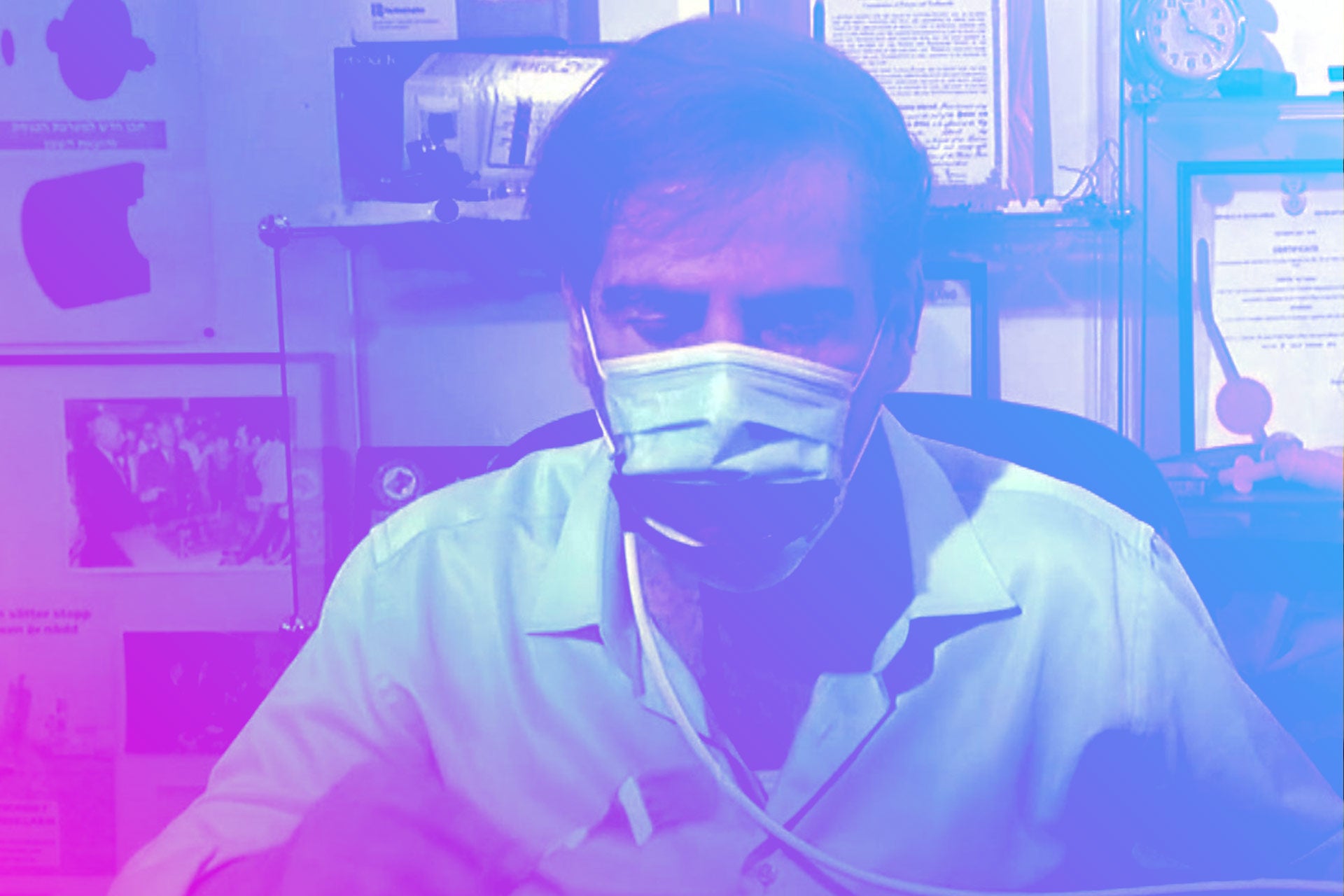
A Guide to PPE
A Guide to PPE
The world of PPE for healthcare professionals and non-medical professionals can seem like a minefield.
The following guides to PPE have been issued by Public Health England.
- A Visual Guide to PPE (PDF Download)
- Best Practice: How to Handwash (PDF Download)
- Best Practice: How to Handrub (PDF Download)
- Table 1. Recommended PPE for Healthcare Workers by secondary care clinical context (PDF Download)
- Table 2. Recommended PPE for primary, outpatient, community and social care (PDF Download)
- Table 3. Recommended PPE for ambulance, paramedics, transport, pharmacists (PDF Download)
- Table 4. Additional Considerations (any setting) for COVID-19 (PDF Download)
- Facial Hair and FFP Respirators (PDF Download)
Full Face Visors
In medical settings the use of full face visors is reserved for High Risk Areas or Aerosol Generating Procedures. In non-medical settings face visors and shields can protect workers who have close contact with others against infection but will not prevent the spread of virus from the wearer.
In non-medical settings full face visors are particularly suited to those in retail and other settings where the wearer is regularly in contact with the public at close range and where the wearer might be exposed to small droplets carrying virus.
Fluid Resistant Surgical Masks
Type IIR Splash Resistant Surgical Masks are recommended in medical use in areas where general contact with confirmed or possible COVID-19 cases are present.
In non-medical environments the use of these types of masks for the general public has not yet been recommended.
Filtering Facepiece Respirator (FFR)
In medical environments the use of filtering facepiece respirators (FFR) is recommended for high-risk areas or for Aerosol generating procedures. The type depends entirely on the working situation of the wearer.
In non-medical environments medical face masks including respirators offer enhanced filtering performance over homemade cloth face coverings, fashion masks or scarfs.
The National Institute for Occupational Safety and Health (NIOSH) conducted a study and found that N95 Surgical masks offer efficiencies greater than 95% (as expected) when measuring filter efficiency across a wide range of small particles. T-shirts in the same test offered 10% efficiency, scarves 10-20%, cloth (fashion masks) 10-30%, sweatshirts 20-40% and towels 40% effectiveness.
Whilst these figures seem to suggest everybody should be wearing surgical face masks for source control and for PPE, of course this is not practical and effectiveness in real world scenarios also has to take in to consideration other factors including fit tests (how well does a surgical face mask fit the wearer), how often is the mask worn say at home versus when it is not and what other steps is the wearer taking to avoid transmission i.e. hand-washing and shielding etc.
In fact studies found that in the home the wearing of surgical masks, as source control, is quite ineffective if the wearer only wears the mask some of the time and does not stick to rigorous hand-washing practices.
Respirator face masks are a good choice for protecting healthcare and frontline workers and preventing emissions from infected patients.
Aprons
Disposable Plastic Aprons in a medical environment are subject to single use with disposal after each patient or resident contact. Disposable aprons are recommended in areas where general contact with confirmed or possible cases of Covid-19 are present.
In non-medical environments disposable aprons provide relatively low-cost solutions for protection against droplets but must be disposed of safely after each use.
Gloves
Disposable gloves, single use, are recommended in a large number of medical settings where general contact is possible with confirmed or possible Covid-19 patients.
In non-medical environments the current recommendation is to use regular handwashing and sanitisers rather than use disposable medical gloves.
Sanitisers
In medical environments the use of hand sanitiser gels and surface sanitisers is strongly recommended.
In non-medical environments the use of hand sanitisers is strongly recommended in the absence of facilities for handwashing. Regular surface sanitisation is also strongly recommended.
Conclusion
Whilst the guidelines for PPE for non-medical workers is currently a little less defined, we are sure this information will be updated as the government issues further guidelines for businesses, during the re-opening phases of the easing of lockdown.
We shall endeavour to keep you updated.


